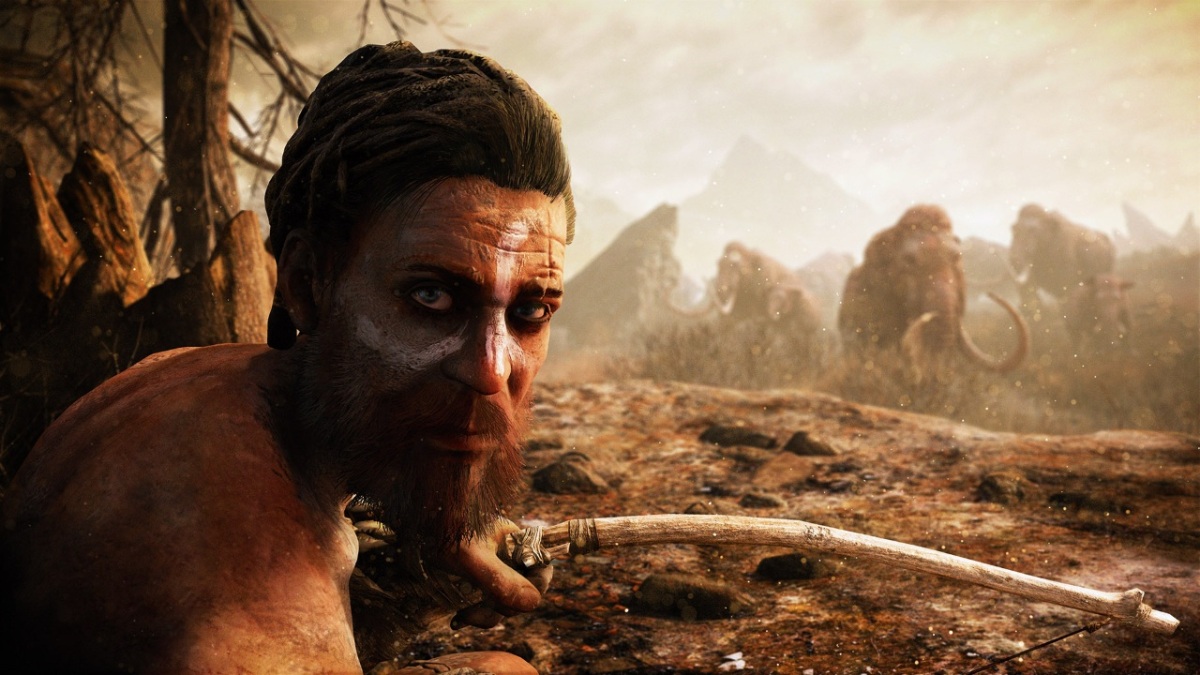This post illustrates the use of indigenous knowledge to inform worker safety.
The lunar effect refers to real or perceived correlations between phases of the moon and in some cases human behavior. In June 2007 the Sussex Police force that concluded there was a rise in violent crime when the Moon was full and as a result increased patrols during these periods.
Indigenous knowledge includes lunar calendars based on the monthly cycles of the Moon’s phases. An early example dates to 8000 BC. The Māori lunar calendar is called the Maramataka. It calendarizes each night and following day and allocates a name and attributes. Some days are optimal for certain activities such as fishing or planting while others are less favorable. According to Maramataka, Otane days are not optimised for anything special and are considered bad.
Speculation exists that 60% of recent New Zealand workplace forestry fatalities have occurred during Otane. The occurrences are known but the causes are unrecognised or unproven. I’m not going argue the predictive validity of Maramataka today but watch this space.
The Otane Risk
We are going to use the “Otane risk“ to illustrate indigenous knowledge informing worker safety. A word of warning, you’ll get this more if you know a bit about workplace risk assessment.
The risk of clear-felling and being harmed or worse during Otane becomes a talking point among workers. It starts to play on their minds. Initially there is a reluctance to broach it properly, until a respected worker raises it at one of the mornings pre-start meetings. At this stage, our story can go one of two ways:
- The leader can play the mumbo jumbo card and simply dismiss the workers concern. An unlikely scenario given the close relationship and empathy usually shared by forestry crews. And an unwise one given New Zealand’s health and safety legislation including the 2016 Worker Engagement, Participation and. Representation Regulations.
- Or the leader decides to open it up with workers and assess the risk using workplaces method.
Our leader chooses the second path. So, at 7 in the morning, on a muddy skid site, in the middle of nowhere, everyone begins to assess the Otane risk.
All risk is in some way, perceived and the Otane risk is no different. It contains its own degrees of probability and impact that can be considered as part of a normal risk assessment process. Where would you place Otane the risk?
Like you, there is a bit going through the workers minds. Maramataka may be a good guide for fishing but it’s a different story in the bush and there’s no guidance or standards. If the risk comes out red then work won’t start, production gets behind, and the big boss comes out in a grumpy mood … but if something goes wrong?
Some readers may think, assessing the Otane risk is a pointless exercise but let’s consider best practice and parts of the New Zealand Health and Safety at Work Act 2015:
- risks to health and safety must be eliminated so far as is reasonably practicable. If a risk can’t be eliminated, it must be minimised so far as is reasonably practicable.
- workers should let someone at their workplace know if they have a health and safety concern, or want to suggest an improvement, even though this is not a legal requirement.
- their work can’t be terminated if they report or act on a health and safety concern. It’s against the law for anyone to discriminate or take other negative steps against them because they’ve spoken up.
- workers must be given reasonable opportunities to express their views and contribute to decision making on health and safety at work. This includes decisions about conditions of their workplace.
I’m not saying the leader has a mutiny on their hands nor am I trying to be selective with the law. I am pointing out that avoiding an assessment of the Otane risk may prove problematic.
In the end, the risk assessment comes out as low and work continues. At this stage you may be thinking the Otane risk has died a natural death and accomplished nothing to improve workplace safety.
Consider this, did the Otane risk fundamentally change the way we assess and manage risk? Or did it simply stretch our interpretation of how we perceived it?
The Otane Effect
I think there are also a few subtle outcomes:
The Otane risk resulted in workers re-entering the forest with a heightened sesne of safety awareness. I don’t see leaders having a problem with that. So much for the mumbo jumbo card.
The workers were enfranchised by participating in and being engaged with their safer workplace systems. I see that as meeting a legal requirement under the New Zealand Health and Safety at Work Act 2015. So much for the mumbo jumbo card times two.
The big winner is safety culture. There’s a rethink going on now (thanks also to Dr Conklin) about workers not necessarily being the cause of accidents but a trigger of the subsequent event. I think that logic applies to workers prompting a positive change to their safety culture.
In conventional health and safety systems especially auditing, the Otane effect may not be readily recognised, but the conversation, goodwill and raised awareness of risk it created, is a big deal on the ground for the forestry crew.
A just culture, a reporting culture and a collective mindfulness are researched characteristics for a good performing safety culture. I think Maramataka and Otane, as bodies of indigenous knowledge, helped progress those characteristics and the workers actions demonstrated them.
In my next post I’ll discuss cross-overs between safety and indigenous cultures.


